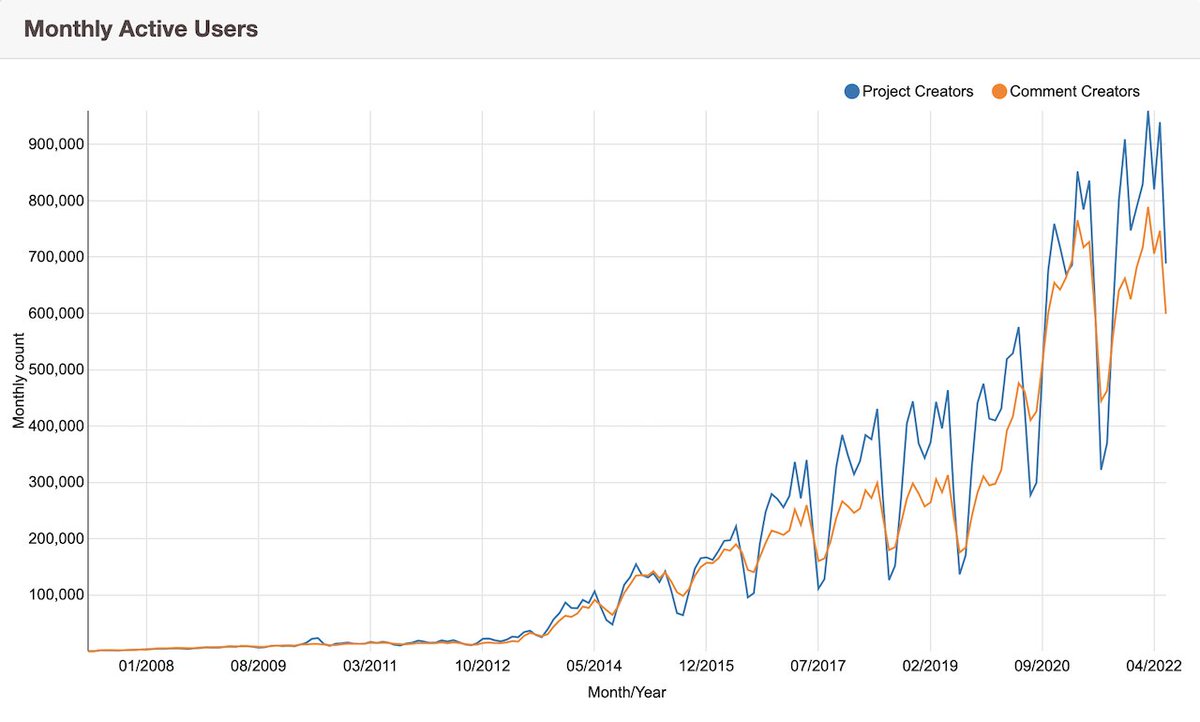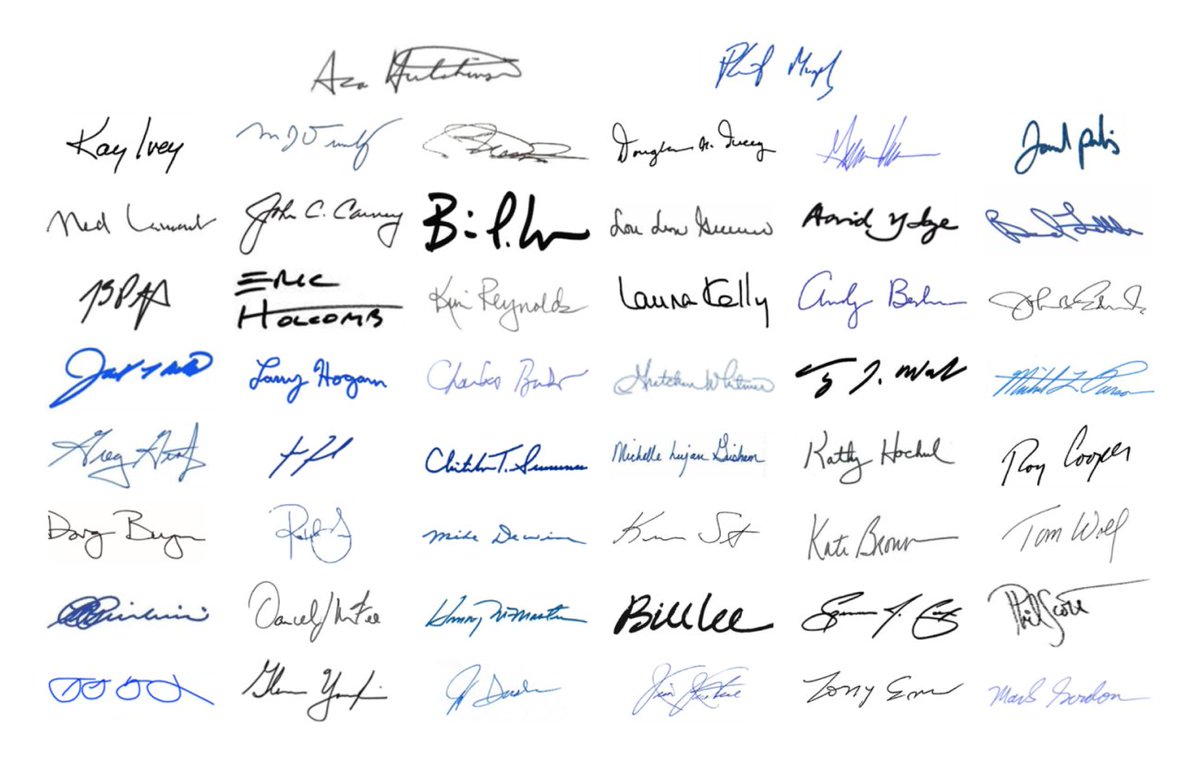Busy Child
by Jay CuthrellShare and discuss on LinkedIn or HN
The Crystal Method - Busy Child (1997)
Getting Informed
Long time blog readers might recall my blog post from 2014 near the meme peak of STEM where I argued the need for ESTEEM is STEM plus Ethics plus Empathy. Then a few years later, my blog was appended in 2017 with a National Public Radio interview of an industry leader involved in low code no code platforms.1
Thanks for reading Fudge Sunday! Subscribe for free to receive new posts and support my work.
Since the publishing of my ESTEEM blog post, my interest in low code no code has grown. For example, Fudge Sunday newsletter readers may recall an issue from late last year concerning our low code no code future.2
However, at the time I wrote about our low code no code future, most of my thinking focused on the current workforce and the transformational opportunities ahead of us. Notably absent was any discussion of how learning communities using low code and no code could be accessible or more accessible by the next generation of the work force – that’s right, the youth.
I guess I didn’t know 🎶
Did you know an online youth learning low code community has amazing stats?
- Grows by over 1M+ accounts each month
- Used in every country on the planet
- Available in 70+ languages
 Amazing pandemic peak, right ?!?So, what’s the name of this youth low code community? GitHub, GitLab, Glitch, Fortnite, Minecraft, or Roblox?
Amazing pandemic peak, right ?!?So, what’s the name of this youth low code community? GitHub, GitLab, Glitch, Fortnite, Minecraft, or Roblox?
No. In fact, these amazing statistics above are from Scratch of MIT fame.3
As of 2021, Scratch is growing almost as fast per year as GitHub.4
[ 👩💻 Paige Bailey #BlackLivesMatter @DynamicWebPaige📈 Wow! I had no idea that Scratch’s number of users were in the millions (with an average age of about 16)–and that its MAUs are nearing 1M.
👩💻 Paige Bailey #BlackLivesMatter @DynamicWebPaige📈 Wow! I had no idea that Scratch’s number of users were in the millions (with an average age of about 16)–and that its MAUs are nearing 1M.
It’s also impressive to see Scratch surpassing Rust, Julia, and even Typescript on the TIOBE language index. 😳 
 Bryan Braun @BryanEBraunI’ve spent the last few weeks taking a closer look at Scratch, and I’ve been really impressed at what I’ve found:
Bryan Braun @BryanEBraunI’ve spent the last few weeks taking a closer look at Scratch, and I’ve been really impressed at what I’ve found:
https://t.co/8gy4rK75mp](https://twitter.com/DynamicWebPaige/status/1548396520575184897?s=20&t=tnJl6Y7yR0G7qnEmscsYtQ)[7:57 PM ∙ Jul 16, 2022
69Likes8Retweets](https://twitter.com/DynamicWebPaige/status/1548396520575184897?s=20&t=tnJl6Y7yR0G7qnEmscsYtQ)Let that sink in for a moment.
But wait… there are other young learner communities besides Scratch.5
DIY is skill overlay communities with amazing statistics.
- 500+ hours of content
- 200+ projects
- 150+ skills
Makers Empire, though must smaller and commercial, is a young learner community that also has amazing statistics:6
- Used in 50+ countries
- 2.6M+ students
- 29000+ teachers
- 1000+ schools
While not an exhaustive list, these young learner communities illustrate that next generation learning by the current generation is available to the next generation that will influence the next generation. Here be recursion.
Looking within just the United States, there are interesting patterns emerging as well about the next generation learning of the next generation. Consider the last time you heard about 50 governors in all 50 states agreeing on just about anything.
[ Code.org @codeorgThe U.S. is united on this: 50 governors signed a commitment, joining 750+ CEOs & nonprofit leaders — billionaires & unions, competitors in every sector — who agree that every student in every school should have the opportunity to learn computer science. ceosforcs.com
Code.org @codeorgThe U.S. is united on this: 50 governors signed a commitment, joining 750+ CEOs & nonprofit leaders — billionaires & unions, competitors in every sector — who agree that every student in every school should have the opportunity to learn computer science. ceosforcs.com  ](https://twitter.com/codeorg/status/1548058549439213569?s=20&t=JReXoe0Ns1E87XqxS5Z9TA)[9:34 PM ∙ Jul 15, 2022
](https://twitter.com/codeorg/status/1548058549439213569?s=20&t=JReXoe0Ns1E87XqxS5Z9TA)[9:34 PM ∙ Jul 15, 2022
64Likes20Retweets](https://twitter.com/codeorg/status/1548058549439213569?s=20&t=JReXoe0Ns1E87XqxS5Z9TA)Code.org seeks to reach students in underserved populations and expose them to computer science – especially those groups that are historically underrepresented in STEM fields. As you may expect at this point, there are impressive statistics here too.7
- 70M+ students
- 2M+ teachers
- 50 US Governors
Get busy, child 🎶
Perhaps you are seeing these numbers and are still skeptical (good!). Perhaps you consider these numbers to be but a mere drop in the finite attention span bucket (arguably so!).
 Rahul Chandra @rahulchandra77Replicating TikTok would require the growth chart to look like this.
Rahul Chandra @rahulchandra77Replicating TikTok would require the growth chart to look like this.  [6:25 PM ∙ Jun 30, 2020
[6:25 PM ∙ Jun 30, 2020
156Likes40Retweets](https://twitter.com/rahulchandra77/status/1278031942986809344?s=20&t=Cq_Bgjy8nxk_a6XWFoYMsg)Admittedly , by comparison, there are far more pervasive social network services on the that combine the attention span economic reality of hunger for viral content and easy mobile Internet consumption. As such, the modality is the key point because each of the next generation learning examples above may be consumed in a classroom but the past few years have transformational to enable learning from anywhere – not just in a formal classroom setting.

Finally, just imagine those remixed cultural artifacts eventually going viral on the very platforms that compete against the next generation learner platforms for attention. Here be recursion once again.8
 @code.org#google Program Manager Taylor Roper tells us how she got into tech! #computerscience #blackinstem #blackintech #hbcu #womeninstem #womenintech
@code.org#google Program Manager Taylor Roper tells us how she got into tech! #computerscience #blackinstem #blackintech #hbcu #womeninstem #womenintech
Enable 3rd party cookies or use another browserPlace your bets…
Disclosure
I am linking to my disclosure.
1Read: https://fudge.org/archive/esteem-stem-ethics-empathy/
2Read: Fudge Sunday - Our Low Code No Code Past, Present, and Future
3Read: https://scratch.mit.edu/statistics/
4Read: The State of the Octoverse for 2021
5Read: Scratch is a big deal
6Read: https://www.makersempire.com/makers-empire/
7Read: https://code.org/about
8Read: A brief thought on the recursive society by David Beer
Topics:
✍️ 🤓 Edit on Github 🐙 ✍️
Share and discuss on LinkedIn or HN
-
Get Fudge Sunday each week